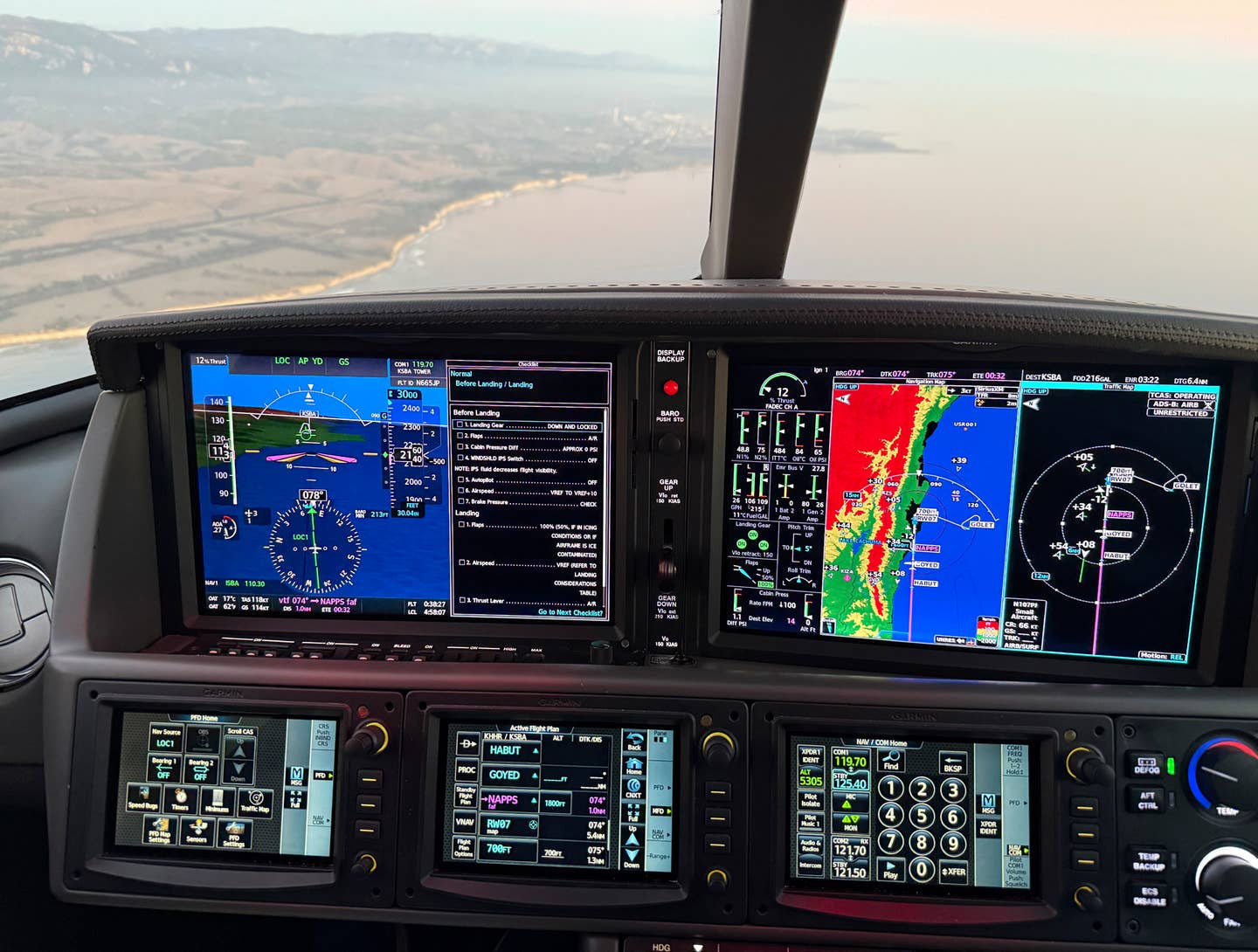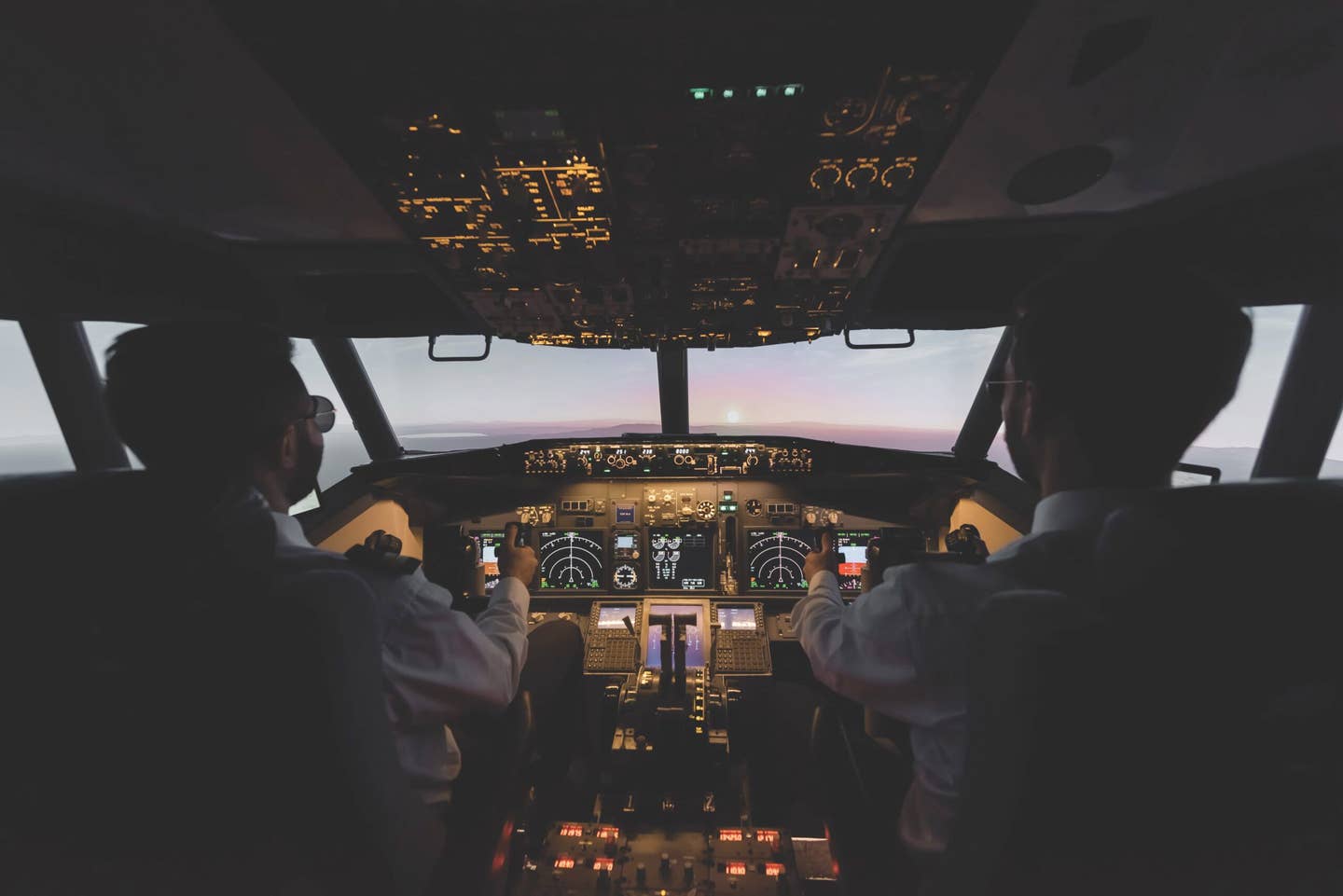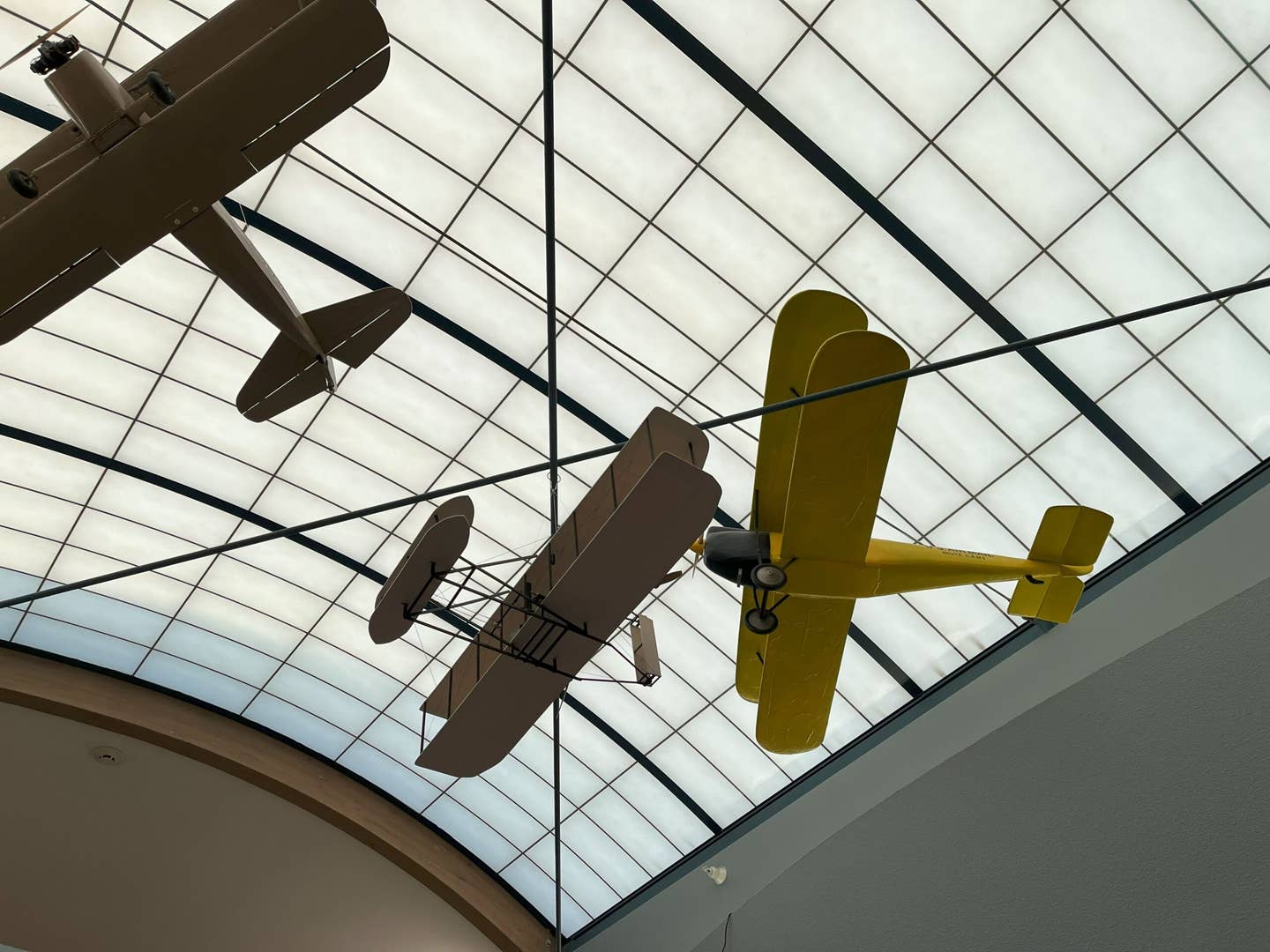
A few days ago, a tiny wren built an elaborate nest inside my hockey equipment bag. She worked fast, completing construction within a time frame of about an hour and a half. The bag was hanging on our garage wall, and the nest consisted of a collection of leaves and twigs interwoven with one of my old skate laces. I felt bad about removing the wren's handiwork, and I'm still not sure why she thought my sweaty elbow pad was the neighborhood she wanted to raise her offspring. (I used to hang my hockey bag in our outdoor tool shed, but the family of skunks who live underneath it complained about the smell.)
With all the attention paid to bird strikes in the air, it's easy to overlook the issue of birds' nests in our airplanes. For years, birds would ignore my Bonanza when performing their annual spring house hunting. But in the past couple of springs, the value of my rampside property seems to have escalated in their eyes. Location, location, location, I guess. This time of year, there always seem to be starlings hovering around with twigs and straw hanging from their beaks.
The danger of bird nests in airplanes is well known. Besides the fire risk, the twigs, string and straw can also foul actuator rods and engine-control linkages. In wings and tail cones, the remnants of nests can jam control cables and bellcranks. Some owners are obliged to stuff foam into openings around the tail to keep birds out.
The first place to look for nests is under the engine cowl. Airplanes lined up in a row with their tempting inlet ducts must look to birds like a swank gated community. Look for droppings on the prop, one telltale sign that your airplane may have been turned into a condo. Of course, inlet plugs are the best defense against engine-compartment nesting, but really persistent birds find their way in through open cowl flaps or other gaps. In my personal experience, however, if the front door is closed off, they'll head elsewhere.
A hangar is far from an impregnable defense. Our wren found her way into a closed garage -- through tiny gaps in the woodwork, I suppose. And for a mother bird, your hangar walls represent that much more security. Of course, one byproduct of protecting against birds is the danger that you'll forget to remove the plugs, so flags or streamers flapping in the propwash are a good attention getter. And as part of your preflight, it's a good idea to clean off the prop, especially the back side. I neglected to do that recently and the splotch of white bird poop spinning in front of me at 2300 rpm was distracting.
Just remember to wash your hands afterwards.
Call to action: If you have any tips of your own you'd like to share, or have any questions about flying technique you'd like answered, send me a note at enewsletter@flyingmag.com. We'd love to hear from you.

Sign-up for newsletters & special offers!
Get the latest FLYING stories & special offers delivered directly to your inbox






